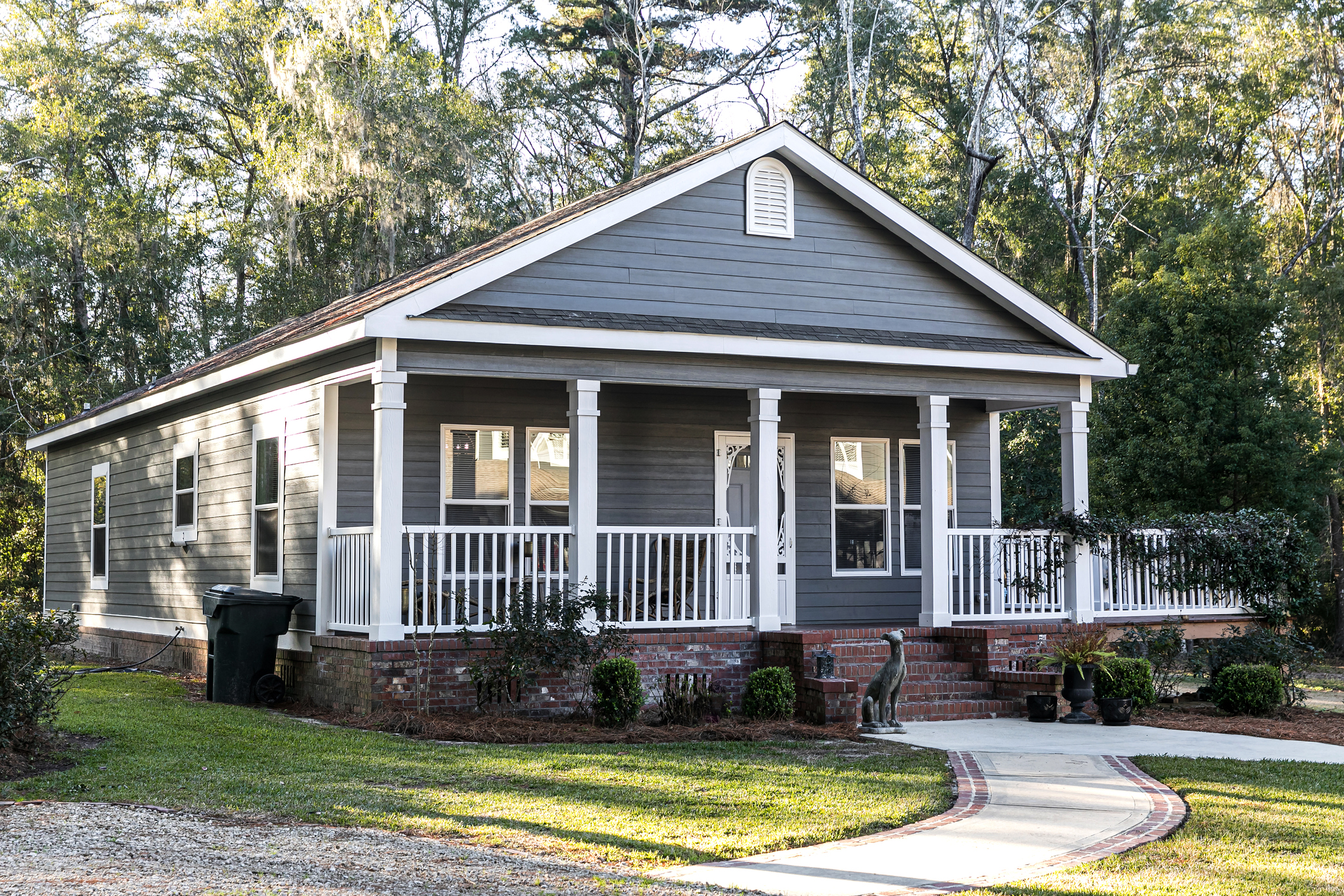What to Know Before Deciding your Rental Property Investment Strategy
Investing in rental properties has long been a popular wealth-building strategy for real estate investors—and with good reason. Finding a cash-flowing property that covers monthly expenses (as measured by the debt-service coverage ratio, or DSCR) while also providing the ability to set funds aside for needed capital expenses allows real estate investors to build equity in a rental property or portfolio basically for free.
And in an increasing-rent environment, like we’ve seen for single-family rentals (SFRs) in many markets in 2021 and 2022, the ability to profit is even greater with properties financed by investment loans for rental property.
But these increasing rents are now being chased by increasing interest rates, which is forcing smart investors to run the numbers anew on their rental property investment strategy. And that’s leading many to look at short-term rentals to increase income. The short-term rental market is changing, and we’re seeing trends like this one in New York, where you’ll find more Airbnb listings than apartments to rent. And that growth is not abnormal; it’s estimated that the European vacation rental market is going to continue to grow by over 37%, thanks to a growing tourism industry. Worldwide rentals are booming and investing in short-term rentals is an accompanying trend.
Investing in Short-Term Rental Properties
Short-term rentals (STRs) can take multiple forms. When it comes to the phrase “short-term rental properties,” many people immediately think of Airbnb and VRBO, each of which charges a premium rate for both weekend and weekly rentals, especially in peak seasons.
Because the income that short-term rental investment properties generate is irregular, underwriting for investment loans for rental property happens differently. Typically, private lenders like Lima One underwrite a rental property based on the property itself, not the borrower, and use DSCR to assure cash flow. But that DSCR calculation doesn’t work as cleanly for short-term rentals.

Investor Loans for Rental Properties
That’s why Lima One finances short-term rentals through our Bridge Plus loans, offering 65% loan to value leverage on rental real estate investment properties that do not have a lease in place. We also offer financing through our rental loan programs that have lower DSCR requirements, which make it easier for STRs to qualify for portfolio loans for rental properties. Additionally, our referral program offers monetary incentives for referring quality clients, helping both networkers and investors.
These investment loans for rental properties allow people investing in short-term rentals to take advantage when they find a strong short-term rental market like Sedona, Arizona; Hot Springs, Arkansas; or Joshua Tree, California; all of which appear on Roofstock’s list of best short–term rental markets for real estate investors to purchase in.
Financing is one of many considerations real estate investors should have in mind when considering investing in short-term rentals. But with a rosy outlook for STRs when it comes to increasing demand, higher occupancy, and higher average daily rates, the revenue numbers may be in place for your short-term rental investment to pencil out.
If you’re ready to purchase a short-term rental property or do a cash-out refinance of your current portfolio in order to add rental properties to use as short-term rentals, Lima One can help. We provide extensive industry knowledge and private lending expertise to those investing in rental properties. Contact us to get started with your next short-term rental investment.
Recent Comments